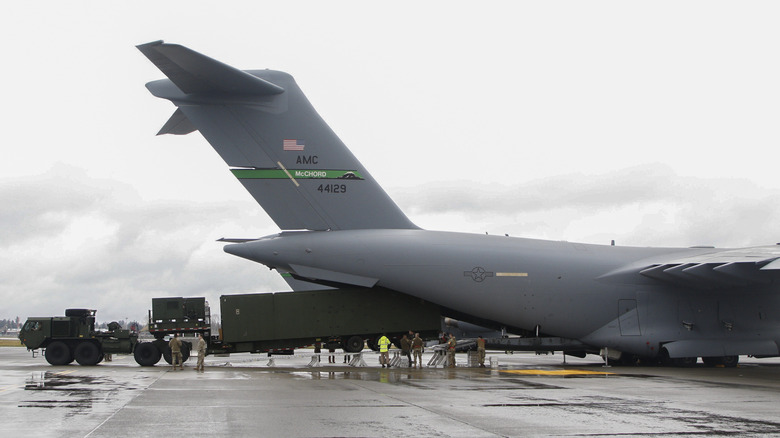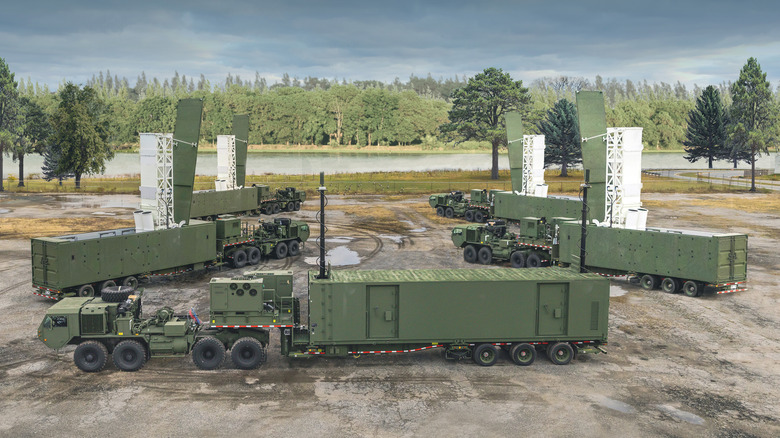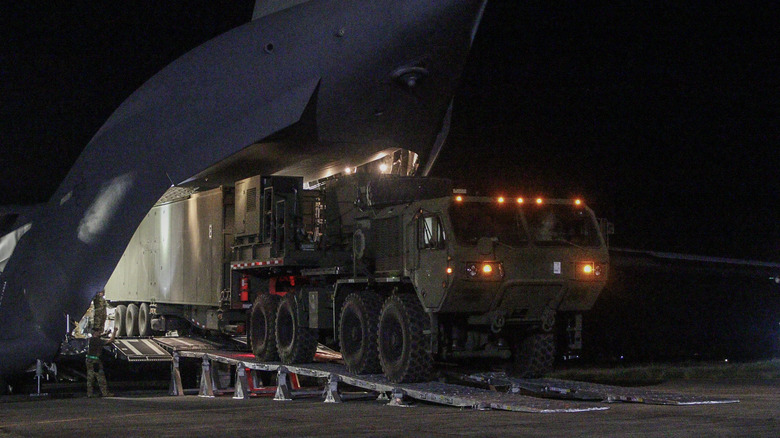Here's What The New Typhon Missile System That The U.S Army Just Sent To The Philippines Can Do
On April 11, the U.S. Army activated a battery of its latest ground-based missile system, Typhon, in the Philippines for the first time. It's also referred to as the Mid-Range Capability (MRC), Developed in 2020 by Lockheed Martin, Typhon went from concept to operation in just two years. This system augments the Army's capacity to hit faraway targets by deploying Tomahawk cruise missiles from land without depending on the Navy. Typhon reached the Philippines on April 7, 2024, and is currently deployed with the Long Range Fires Battalion of the U.S Army Pacific (USARPAC) 1st Multi-Domain Task Force.
Typhon's arrival affirms the U.S. military's active role in the region's dynamics, particularly concerning China. It gives us a glimpse into the Pentagon's future in the Pacific, where the Typhon has a significant role. The Typhon's current posting, along with plans of permanent basing of similar systems in strategic systems around the area reflects the U.S. effort to build a network of missile deterrence against China's influence.
What is the Typhon System
The Typhon is a land-based adaptation of the Mk.41 Vertical Launch System (VLS), which is fairly standard on U.S Naval vessels. Much like its maritime counterpart, the Typhon features vertical firing tubes for launching Tomahawk cruise missiles or the versatile Standard Missile-6 (SM-6). Each Typhon battery includes four containerized launchers, each containing four strike-length VLS cells, a mobile command post, and auxiliary vehicles like reloaders and towed power generators, resembling a typical Patriot or Iron Dome battery.
Armed with the Tomahawk missile, Typhon, enhances both the Army's ground combat and anti-ship capabilities at distances of up to 1,000 miles.
The Typhon can be likened to the well-known HIMARS (High Mobility Artillery Rocket System), which has seen extensive use in Ukraine. However, there are distinct differences between the two systems. While both are precision missile launch systems, Typhon boasts a significantly longer range and a broader array of targeting options, thanks to its more diverse arsenal compared to HIMARS' reliance on the Guided Multiple Launch Rocket System (GMLRS) family of rockets.
The Typhon is a Game Changer in the Pacific
The Typhon missile system's deployment to the Philippines represents a major shift in the Pacific's security dynamics, particularly concerning China. Located in Northern Luzon, the Typhon system can reach key locations across the South China Sea and southeastern China, including Hainan Island. It also covers various Chinese-held positions, such as the heavily disputed Scarborough Shoal and the Second Thomas Shoal, which lie between the Philippines and China. Furthermore, Typhon's range includes the contested Paracel Islands, increasing its capability to deter China's aggressive actions in areas also claimed by Vietnam and Malaysia.
Designed as a deterrent, Typhon showcases the U.S. Army's capability to deploy advanced missile systems to bolster the defense of key regional allies like the Philippines. The system's direct airlift via the C-17 from the United States to the Philippines not only underscores its operational readiness but also serves as an exercise in logistics. It's a test that the Army and the supporting Air Force's Airlift Mobility Command (AMC) seem to have passed well.


